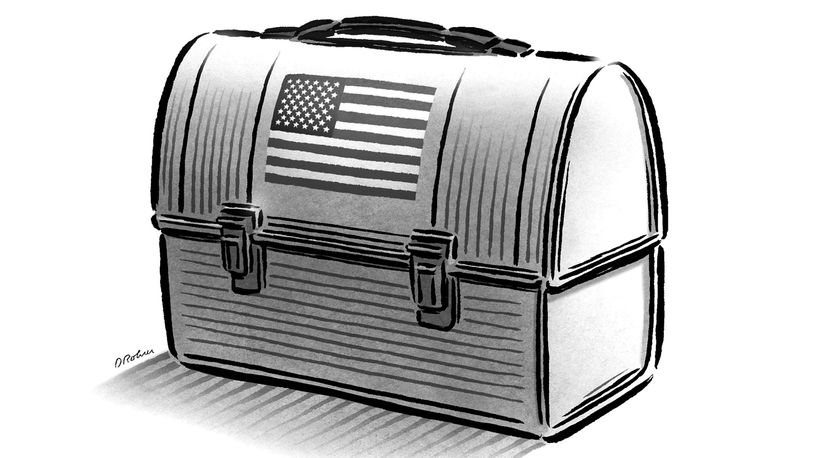 Back to The State of the South
Back to The State of the South
What American Rescue Plan means for the South

Families in the South aren’t waiting on the federal government. As President Biden’s $1.85 trillion social safety net and environmental bill hangs by a thread in Congress, Southern families are doing what they’ve always done — finding ways to get their kids childcare and securing healthcare for their loved ones.
Even though they deserve better from their government, they’ll continue to make do until their elected leaders step up to deliver on their campaign promises.
In the meantime, the American Rescue Plan (ARP) is slowly churning out transformative benefits for these same families. For the poorest one-fifth of Americans, they can expect a boost of their income by roughly $3,590 according to an analysis conducted by the Institute on Taxation and Economic Policy.
Another estimate from the Congressional Budget Office projected that the ARP could help 1.3 million previously uninsured Americans gain access to health insurance coverage.
As the largest generational investment since the post World War II G.I. Bill, the ARP represents multiples of the entire federal discretionary budget. What’s the big contrast between the G.I. Bill and the American Rescue Plan?
The ARP is strategically anti-racist.
Specific provisions in the ARP target support to communities of color and provide broad-based support that doesn’t exclude these communities (as the G.I. Bill did). In fact, local input from historically marginalized communities is a key component of the law’s construction and execution.
The ARP is a once-in-a-century opportunity to reshape the South. And we’ve got to use our time wisely.
We have two years to plan and two years to spend the largesse within the ARP. How will we harness that ambitious timeline for Southern families?
Southern leadership with federal support
To implement the ARP effectively, we should let states and communities do their jobs.
Community voices must drive implementation. (May we always remember that those closest to the problem are quite often closest to the solutions as well).
The South is chock full of local innovations ready to be bolstered by an infusion of federal funds. I’m thinking of efforts to maintain sustainable bioenergy development in Georgia. I’m looking at coastal resilience efforts in the Carolinas.
We’ve also got our fair share of geniuses in the South, nurtured by local institutions like community colleges and HBCU’s. That’s why the state and local fiscal recovery fund and capital projects fund are critical aspects of the ARP’s promise for Southern communities, especially our rural areas.
Those specific funds help Southern communities bounce back from layoffs of thousands of educators (and other public sector workers) while addressing an even-deeper digital divide as jobs and schools move online more than ever before.
At the same time, the South has its own unique challenges to face and the ARP represents an opportunity to address them. Take North Carolina for example. It’s one of the toughest states to live as an older worker.
Provisions within the ARP for boosting unemployment compensation, employee retention credits and paid leave programs for businesses, as well as state small business credit initiatives could help states like North Carolina level-up for these older workers.
An economic booster shot to address twin crises
As communities in the South tackle new infrastructure challenges brought on in part by climate change alongside a rather uneven economic recovery from the pandemic, the ARP offers real, tangible hope.
If you’re like me and you’re tired of feeling as though the South is falling behind on multiple measures of progress, the ARP represents a once-in-a-century chance for Southern states to leapfrog perennial problems that have kept them down.
The old adage that we must “never waste a good crisis” rings doubly true at this historic inflection point for the South. We’ve already seen Southern communities engage in noteworthy climate change mitigation while also keeping each other afloat during the worst of the pandemic-driven economic downturn.
Building back better in the South means leveraging local know-how with federal support to finally address new and lingering issues.
Now is the time to put even more federal energy behind that unique Southern strength.
Full article: https://www.ajc.com/opinion/opinion-what-american-rescue-plan-means-for-the-south/AKHJDG5GSVF6XERN5UJLCUF3KI/



